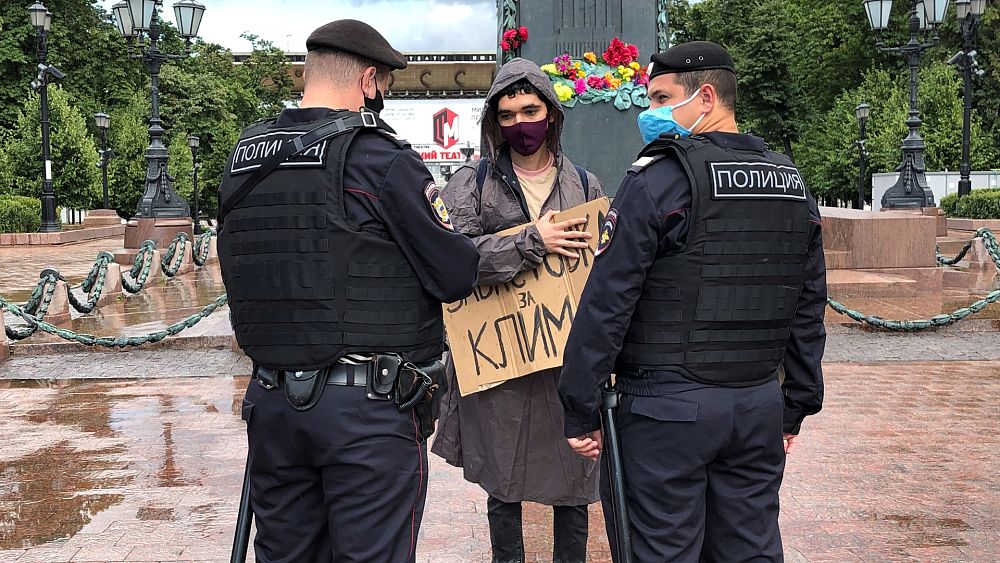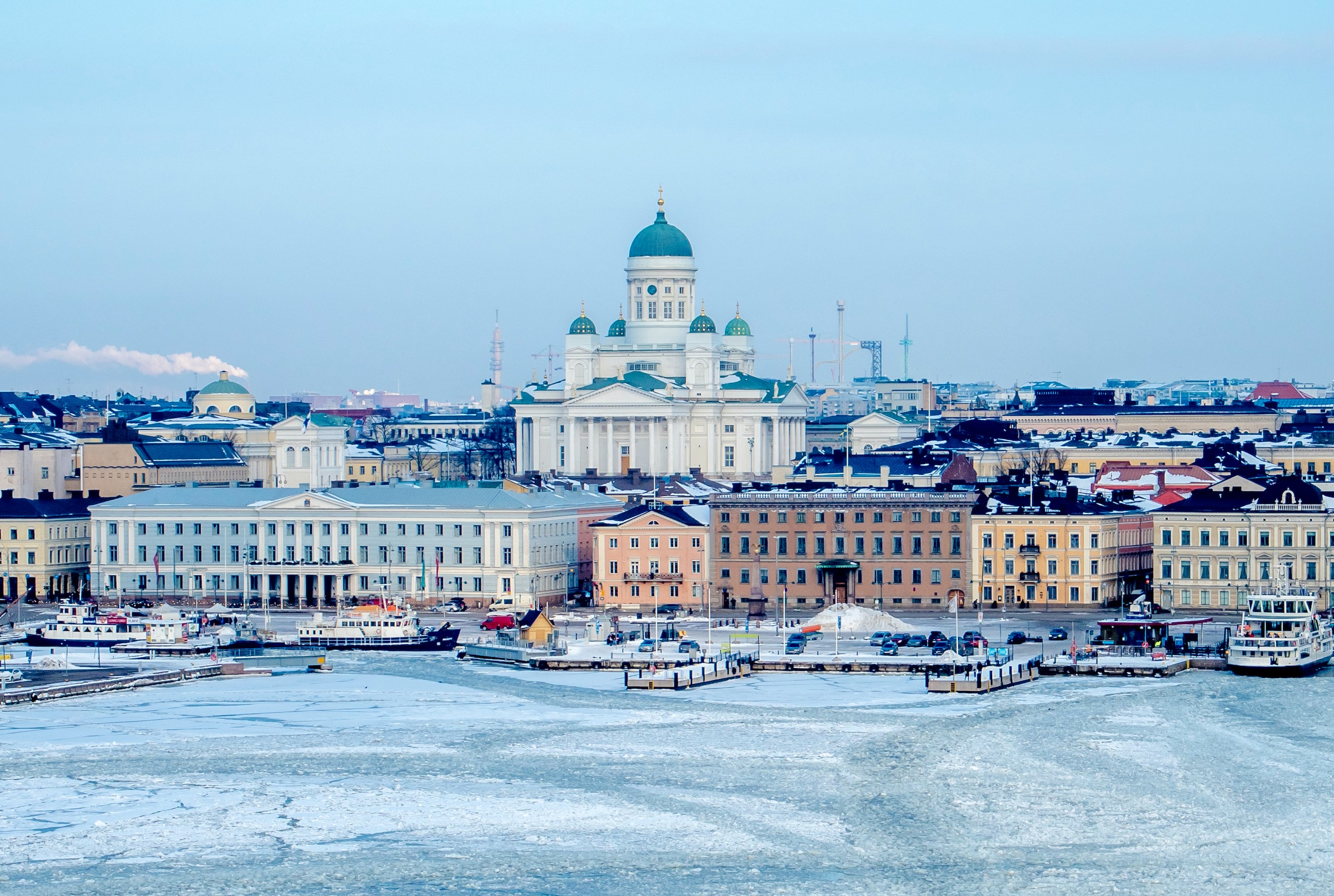The price of electricity in Finland will rise early on Tuesday
LOW TEMPERATURES to raise electricity prices significantly in Finland on Tuesday, reports Helsingin sanomat newspaper.
Data from Nord Pool, a power exchange jointly owned by the Baltic and Nordic transmission system operators, show that the market price of electricity will rise to around EUR 1,000 per megawatt hour on Tuesday from 7 am to 8 am.
The average price in Finland is 469 euros per megawatt hour, which is considerably higher than in many other parts of Europe.
Helsingin Sanomat wrote on Monday that the price will be raised not only by low temperatures but also by the shortage of wind and hydropower. The peak, it added, will affect households with an electricity contract based on the hourly rate on the power exchange.
In Finland, the price of electricity rose to as much as 1,400 euros per megawatt hour about 10 years ago, which made the country have to rely on electricity reserves in the midst of very cold weather.
Helen, Helsinki City Energy Company, reported at the end of last month, consumer prices for district heating in January-September 2022 will rise by an average of 15 percent year-on-year.
In January-February, prices are 26 per cent higher for residents of apartment buildings, 25 per cent higher for terraced houses and 22 per cent higher for detached houses than this year. Although prices will fall throughout next spring, they will remain 1.5 to 2.5 percent higher in May than this year.
The increase is indirectly due to the increase in excise duties, which has coincided with an exceptionally sharp rise in fuel, electricity and allowances.
“Unfortunately, part of this is reflected in rising consumer prices. Natural gas is a very critical fuel for us, and its price has risen 530 percent since last winter. Anu-Elina Hintsa, Helen Sales and Customer Service Manager, comments To Helsingin Sanomat.
“In the summer, less raw materials are used and demand is lower, which is why prices are falling towards the summer. We also expect the political challenges that have pushed up gas prices to be resolved. Much of the natural gas comes from the east, he added.
Aleksi Teivainen – HT




